 The Three Gorges region of Central China has one of the most striking landscapes on Earth. Steep cliffs covered in lush greenery rise right from the shores of the Yangtze (Yellow) river. Despite the harshness of the terrain, millions of people and numerous species of unique plants and animals call this region home.
The Three Gorges region of Central China has one of the most striking landscapes on Earth. Steep cliffs covered in lush greenery rise right from the shores of the Yangtze (Yellow) river. Despite the harshness of the terrain, millions of people and numerous species of unique plants and animals call this region home.
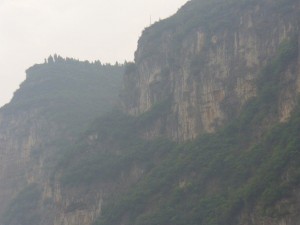
The Yangtze is the third largest river in the world (after the Nile and the Amazon). The river and it’s shores are home to iconic Chinese species such as the Dawn Redwood tree, the tiger, the pangolin, the Chinese sturgeon and the Chinese river dolphin. All told, 570 species of vertebrates and almost 2,100 species of plants live in this region according to UNESCO. The area also has thousands of archaeological sites, including rare evidence of the Ba and Damaio peoples. This entire ecosystem is in big trouble because of one of the largest engineering projects of all time- the Three Gorges Dam.
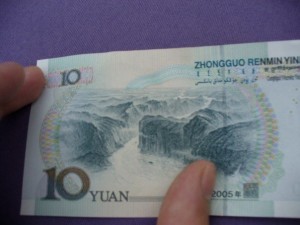
It’s undeniable that the Three Gorges Dam is an engineering marvel- according to CNN, it is 1.5 miles wide and 600 feet high, and it creates a 400-mile long reservoir.
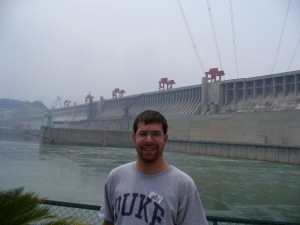
Because of the dam and the resulting reservoir, the water level in the Yangtzee will rise several hundred feet in some places. Over a million people were forced to leave their homes as a result of the dam’s construction. If they didn’t, their homes (located in over 1,000 riverside villages) would soon be underwater. The government-made new homes that they showed my tour group looked pretty spiffy, but it seemed like all of the tour groups were coming to just one town. Numerous reports indicate that the majority of new houses are in pretty bad shape. It’s also worth noting that the government made no effort to clean up the over 1,500 abandoned mines and factories located in this riverside villages and towns, and if there were any toxic chemicals in them, those chemicals were introduced to the Yangtze river.
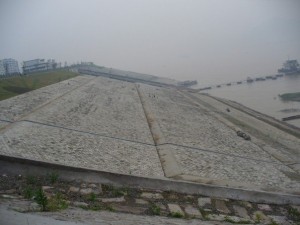
In addition to the destruction of countless homes, archaeological sites, and acres of critical habitat for endangered species, the dam has also been blamed for landslides and earthquakes in the region. What could possibly be worth all of this? There are two answers- commerce and electricity. The dam generates nearly 8 times the electricity that our Hoover dam does, which provides power for tens of millions of rural citizens. Additionally, an associated system of locks allows trade ships to visit the city of Chongqing by river. You really haven’t heard of Chongqing? It has a population of 35 million people, more than 4 times that of the largest city in the U.S. (New York City, although the entire NYC metropolitan area is around 18 million people ), and may be the largest city on Earth in terms of land area.
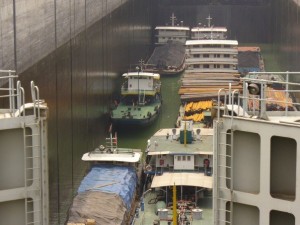
Though it may take decades to fully assess the environmental damage caused by the dam, there has already been a biodiversity tragedy. The Chinese river dolphin is now considered to be extinct largely as a result of dam construction efforts (though they were threatened for years by the busy Yangtze boat traffic). These animals were the first marine mammals to be declared extinct since the 1950’s.
I think you meant Chinese “sturgeons.”
Have you read Douglas Adam’s “The Last Chance to See?” He provides a funny but very interesting account of the Yangtze/Chinese river dolphin while there still were a few around.
And the Biodiversity Wednesday articles are really growing on me. Keep them up!
And I definitely meant “Douglas Adams’.”
Whoops. Sturgeon is indeed what I meant. I’ll fix it soon. Yes, I’ve read that book and really enjoyed it.